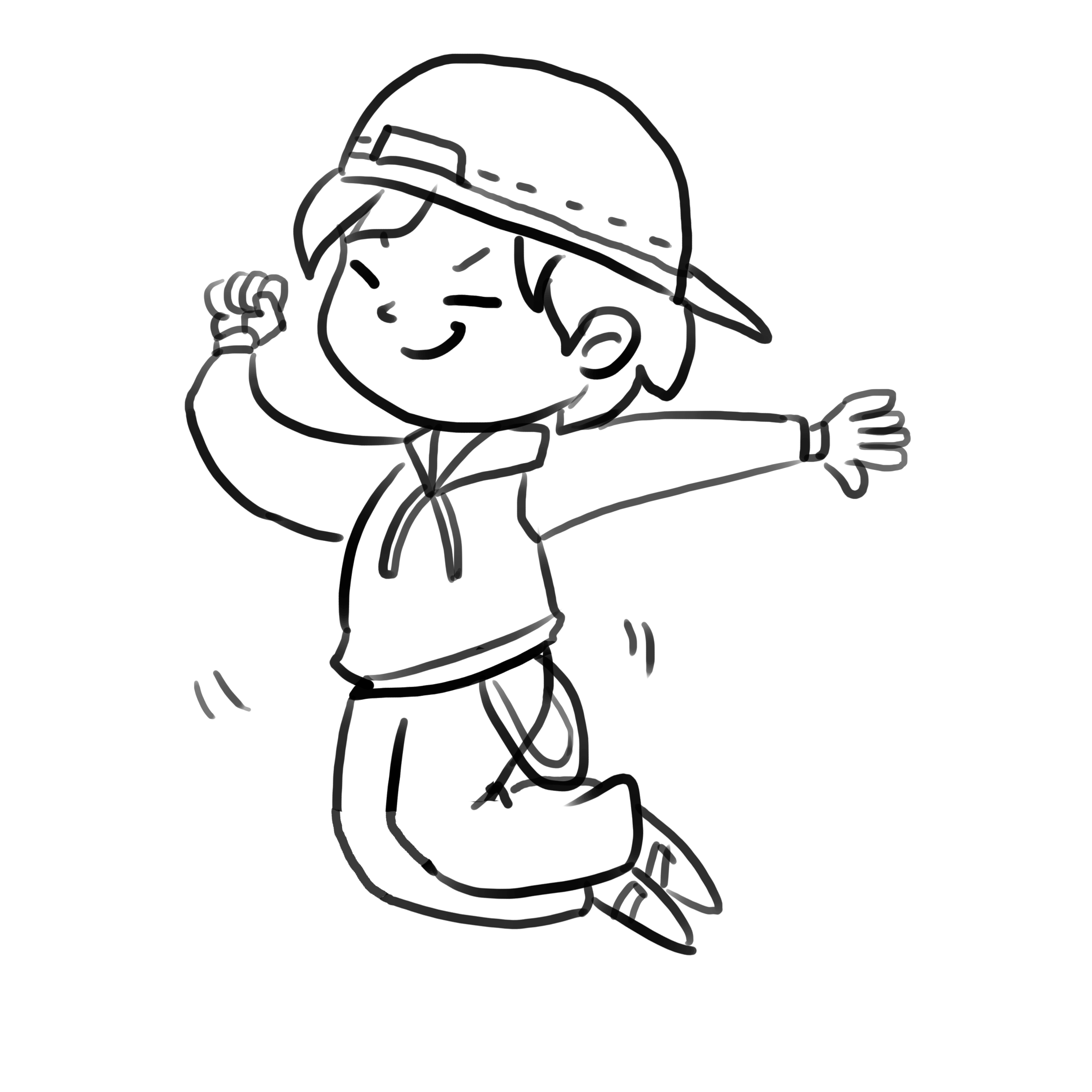 Leisure and Cultural Services Department - Healthy Exercise for All CampaignLeisure and Cultural Services Department
Leisure and Cultural Services Department - Healthy Exercise for All CampaignLeisure and Cultural Services Department
Dance for Health
Introduction
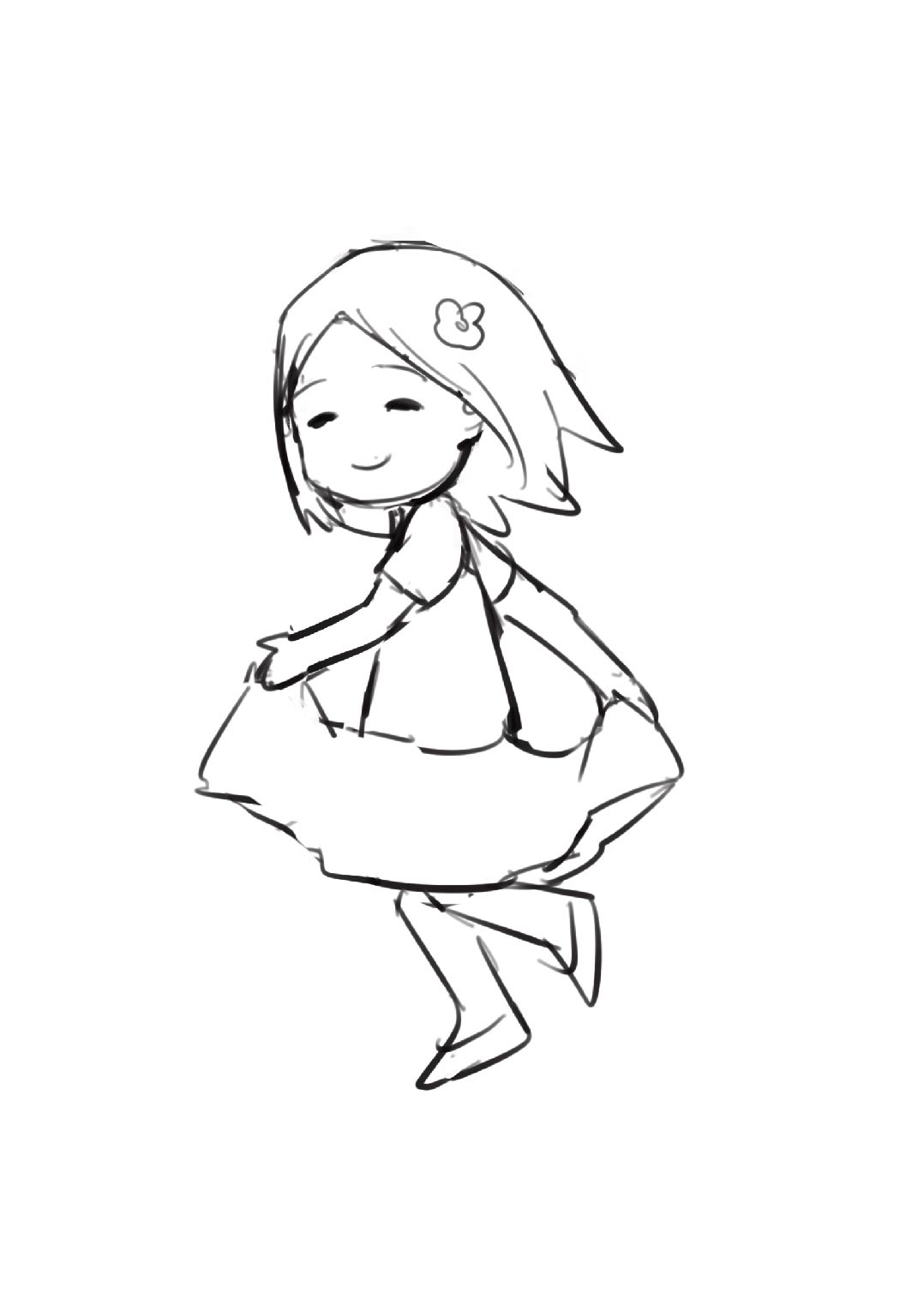
According to the findings of the Territory-wide Physical Fitness Survey for the Community. The overall findings of the survey revealed that although most of the physical fitness parameters have improved across different age groups compared to the findings of a similar survey a decade ago, reflecting the growing health awareness of the public. The findings also indicated, however, that more than half of the public did not meet the daily physical activity level as recommended by the World Health Organization (WHO). To improve their physical fitness and health, they should build exercises into their daily life and develop a healthy lifestyle.
To encourage the public to do exercise regularly and maintain healthy living habits, the Leisure and Cultural Services Department (LCSD) and the Department of Health (DH) have joined hands to organise the "Healthy Exercise for All Campaign" since 2000 to promote the benefits of doing exercise. The activities organised under the Campaign have been well received by the public.
"Dance for Health" is one of the highlighted programmes of the "Healthy Exercise for All Campaign". Through organising a wide variety of dance play-ins and dance nights, we hope that the public will be encouraged to participate in dancing and foster a habit of doing exercise regularly for the benefit of physical and mental health.
For enquiries on the various dance training courses and programmes organized by the District Leisure Services Officers (DLSOs) of the LCSD, please approach the respective DLSOs or visit “Community Recreation and Sports Programmes” of LCSD’s website - social dance, modern dance, jazz dance, Chinese dance, folk dance and children dance.
Benefits of Dancing
An accumulation of at least 30 minutes of dance (at least 10 minutes per session) every day persistently can bring you the following benefits:
- Improving your cardiopulmonary functions and blood circulation;
- Enhancing the mobility and flexibility of joints to lower the risk of injuries and falls;
- Strengthening your muscles and reducing the risk of osteoporosis;
- Reducing the risk of developing cardiovascular disease, hypertension, stroke and diabetes mellitus as well as preventing some types of cancer (e.g. colorectal cancer);
- Relieving stress, boosting confidence and improving mental health;
- To broaden social circle; and
- To burn calories to help you maintain a healthy body weight.
*Dancing & Calories
To learn more abouts the calories expended during physical activities will help weight management. The actual amount of energy expended is determined by factors such as intensity and duration of activity, as well as the physical fitness, skill level, gender, age, body weight of an individual.
| Body Weight(kg) | Calories burned every 30 minutes of dancing (kcal) |
| 35 | 53 |
| 40 | 60 |
| 45 | 68 |
| 50 | 75 |
| 55 | 83 |
| 60 | 90 |
| 65 | 98 |
| 70 | 105 |
| 75 | 113 |
| 80 | 120 |
| 85 | 128 |
| 90 | 135 |
| 95 | 143 |
| 100 | 150 |
Types of Dance
There are many types of dance, each with its own characteristics, some of which are as follows:
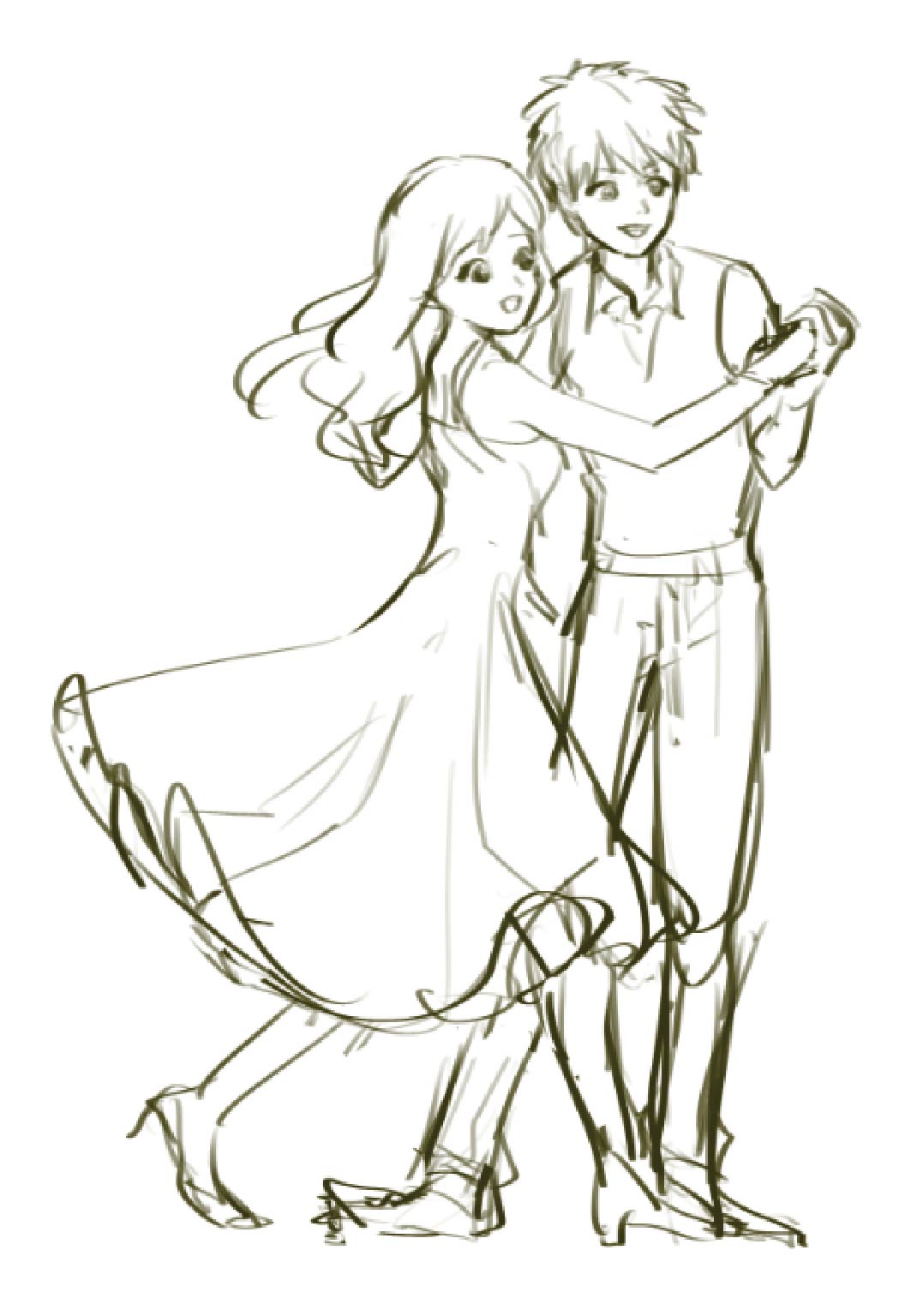 | Social danceIn the old days, Social dance was a classy social and recreational activity that catered for minority interests. With growing popularity, it has been taken up by people from all walks of life. Today, social dance is not only a kind of art performance, but also a competitive event in the sports arena. |
Modern danceOnly becoming popular in Hong Kong in the mid-70s, modern dance has developed rapidly since then. With different schools and distinctive styles, it has multiple expression techniques that stress the uniqueness and creativity of the dancers. | 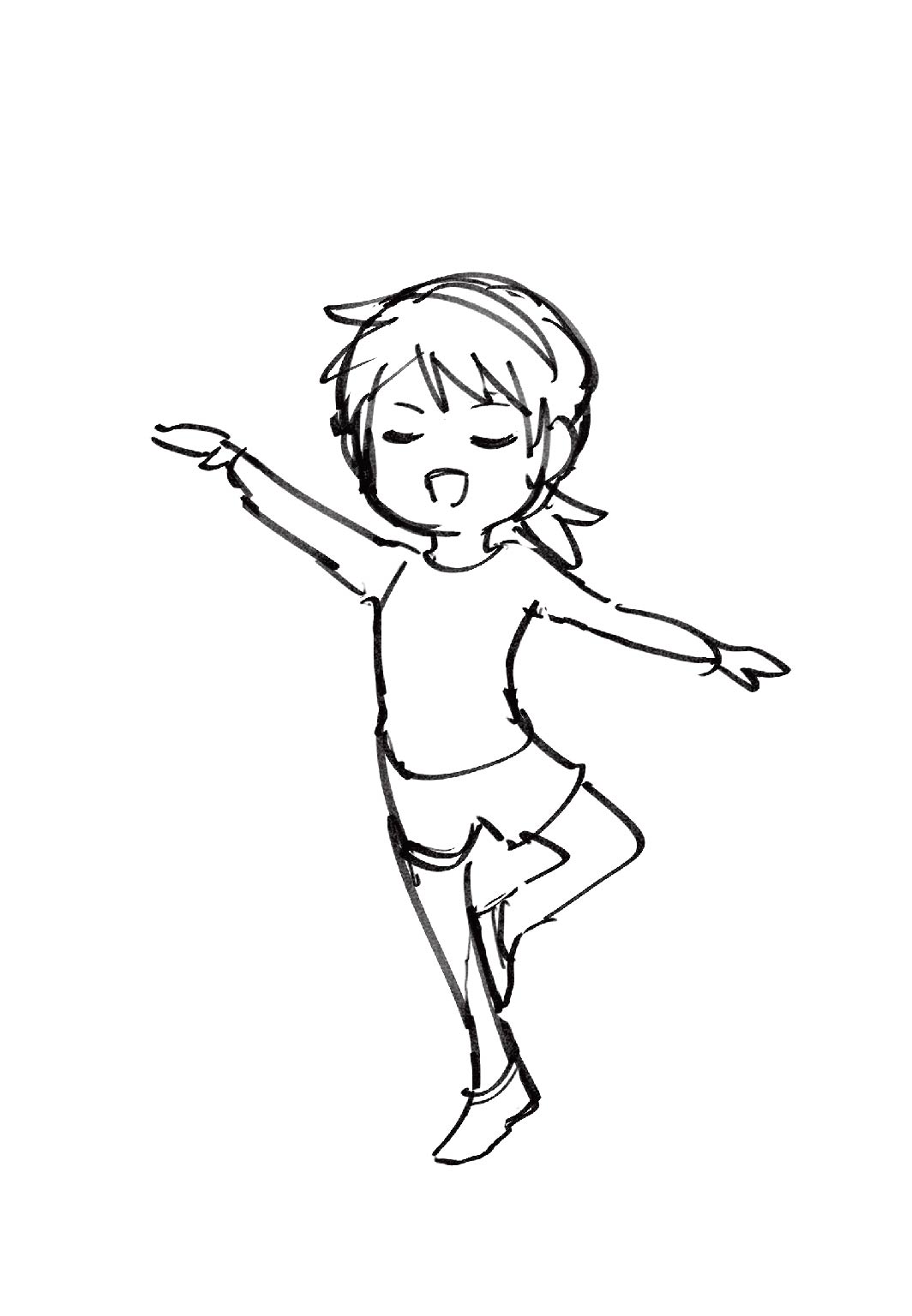 |
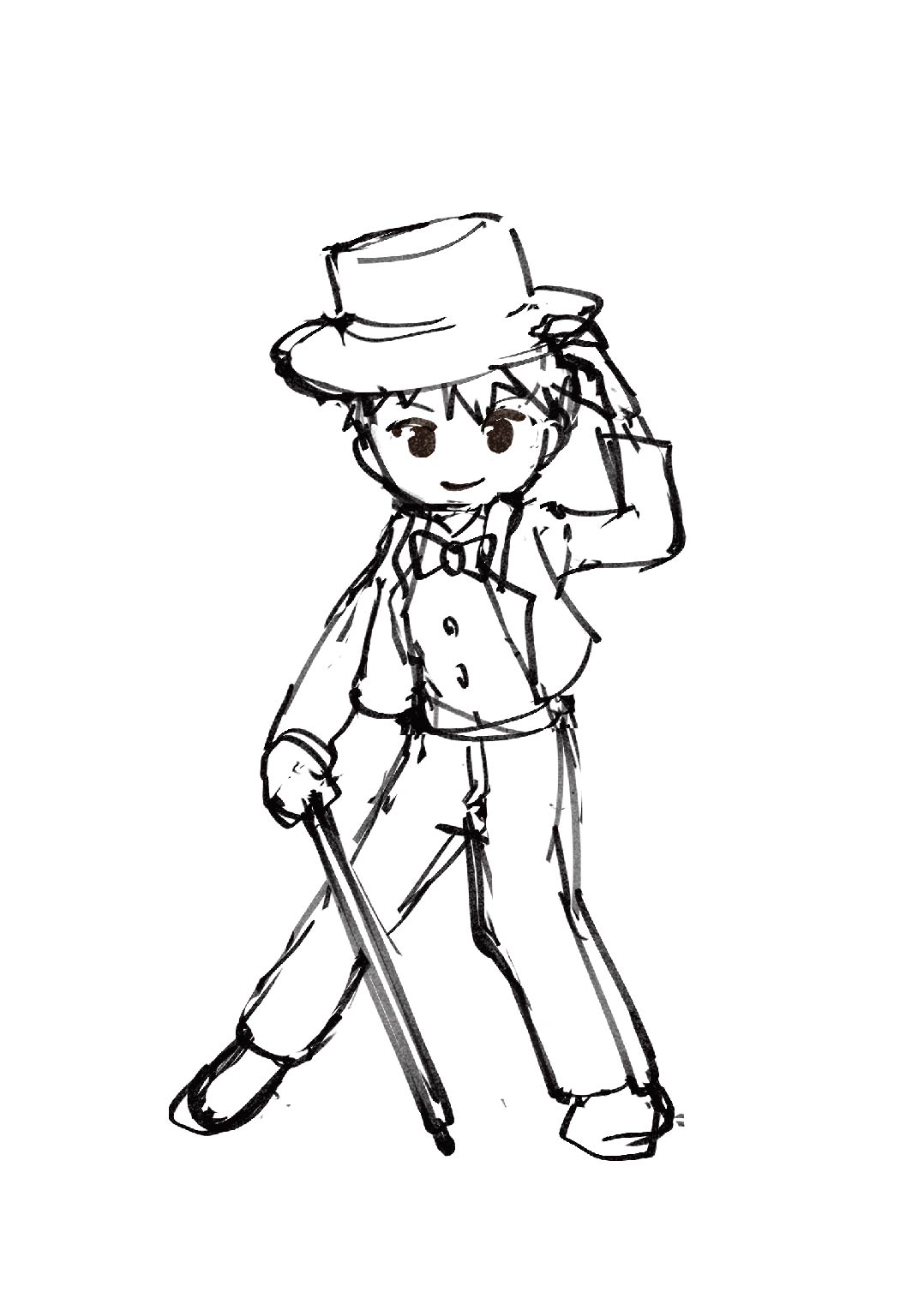 | Jazz danceJazz dance with strong beats and diverse steps, is very popular among young people. Since it has fewer rules as compared with social dance, dancers can express themselves freely through dancing. |
Chinese danceChinese dance is divided into classical dance and ethnic dance, reflecting Chinese cultural characteristics and traditional customs of ethnic groups. Rich in content and varied in forms, it enables dancers to understand more about the culture and arts of our country through dancing. | 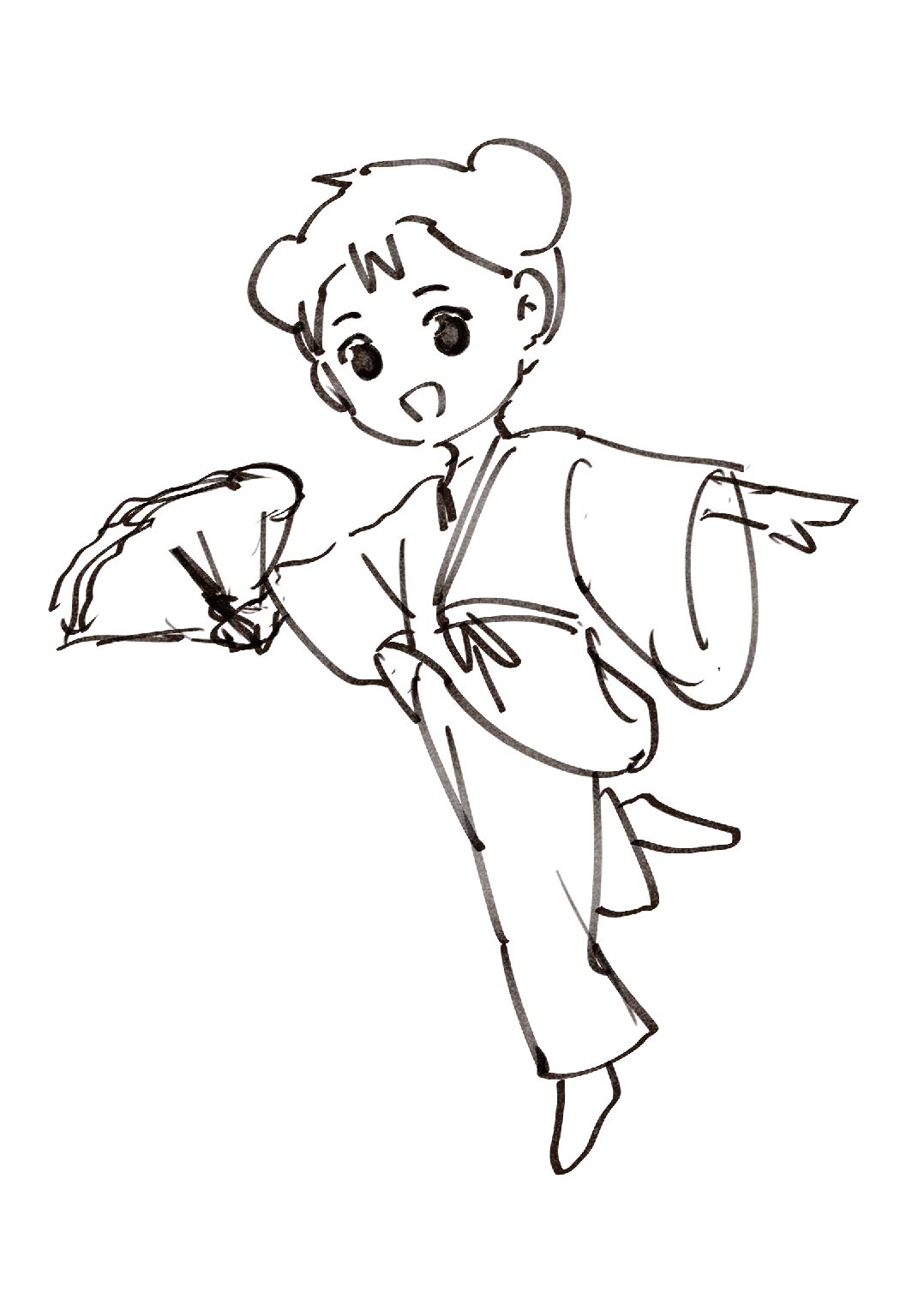 |
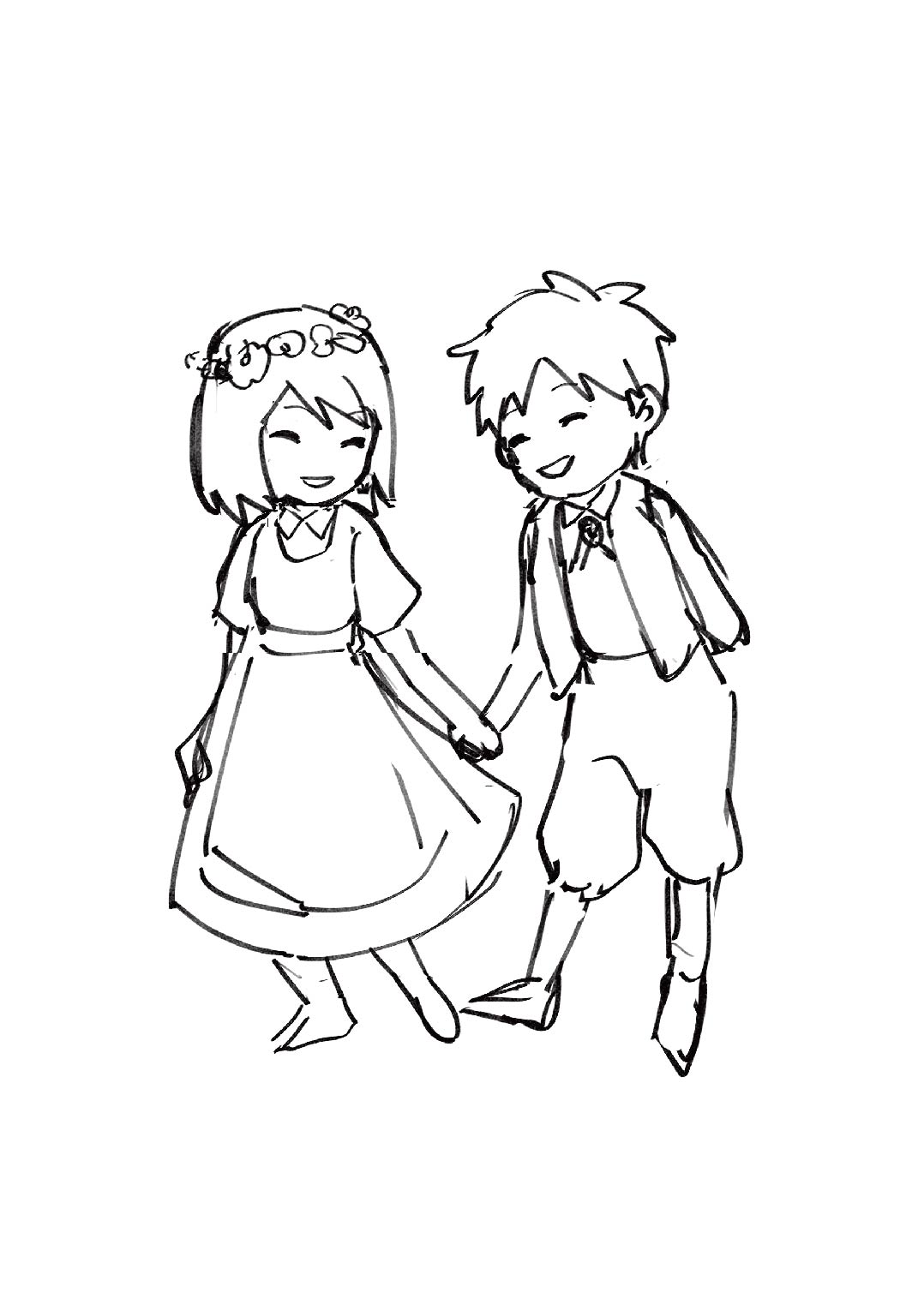 | Folk danceFolk dance is a very common form of entertainment in festive celebrations and gatherings. Though easy to learn, its clear rhythm calls for co-ordination and co-operation among dancers. Cultural characteristics of different places can also be displayed. It is such a dance suitable for all. |
Children danceDance tailor-made for children can be called children dance. It adopts basic techniques of various types of dance (such as ballet, jazz dance and folk dance). Light and lively in mood, it helps children to develop an interest in dancing. | 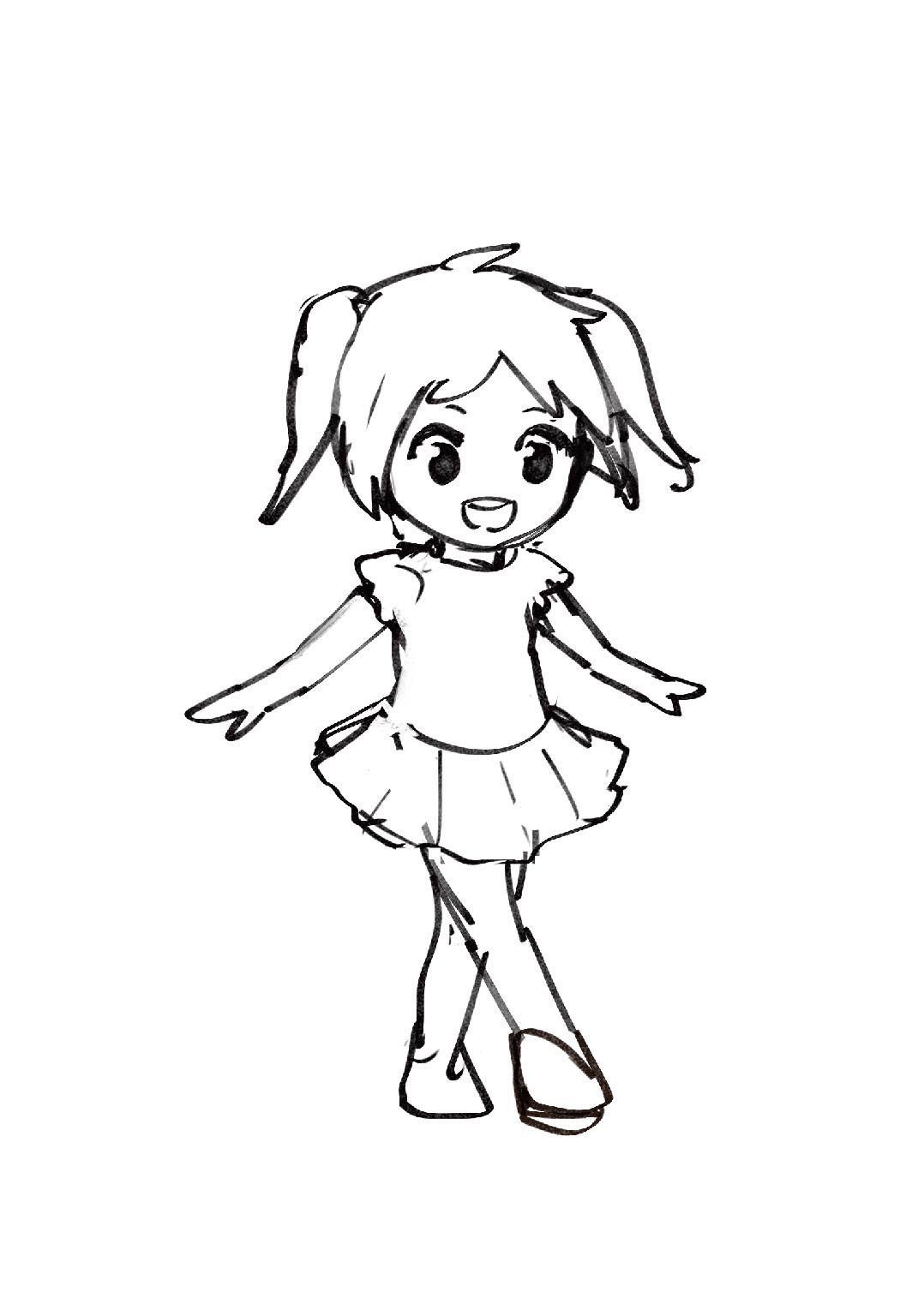 |
Street danceOriginated in the United States and associated with different street cultures and music styles, street dance is an umbrella term for many dance styles including Breaking, Locking, Popping, Hip-hop, House, Waacking, Vogue, Krump etc., and its definition keeps evolving in response to new dance styles and music in recent years. Different street dances have a common characteristic of expressing oneself through body grooving and isolation (i.e. the control of movement of individual body parts), and encompass a variety of unique styles and techniques that connect different cultures. |
Line danceLine dance is a type of Contredanse and is widely popular across the world. It has its origins in the western United States at the time when disco was dominating the dancefloors. It is made up of simple dance moves and does not require a partner. The dancers stand in lines and dance the same steps with the sound of cheerful music and repeated turns. In addition to improving cardiopulmonary functions, joint mobility and hand and foot coordination, line dance can also improve memory and sense of direction. | 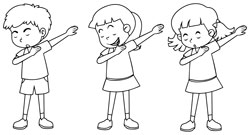 |
Group danceGroup dance includes various types of dance from line dance to jazz dance, Chinese dance, folk dance, social dance and Latin dance, etc. A partner is not required for these dances. Props such as fan, sleeve, scarf, tambourine and bamboo clapper are normally used by dancer to move with pleasant music. |
Guidelines on the Amount of Physical Activity
Children and the Adolescent (Aged 5 to 17 years):
For children and adolescents of this age group, physical activity can be undertaken as part of recreation and leisure (play, games, sports or planned exercise), physical education, transportation (walking and cycling) or household chores, in the context of educational, home, and community settings.
- Children and the adolescent should do at least an average of 60 minutes per day of moderate- to vigorous-intensity physical activity, mostly aerobic, across the week.
- For greater health benefits, Vigorous-intensity aerobic activity, as well as those that strengthen muscle and bone, should be incorporated at least 3 days a week, as these provide additional health benefits.
Adults (Aged 18 to 64 years):
For adults of this age group, physical activity can be undertaken as part of recreation and leisure (play, games, sports or planned exercise), transportation (walking and cycling), work or household chores, in the context of daily occupational, educational, home and community settings.
- Adults should do at least 150-300 minutes of moderate-intensity aerobic physical activity; or at least 75-150 minutes of vigorous-intensity aerobic physical activity; or an equivalent combination of moderate- and vigorous-intensity activity throughout the week.
- Adults should also do muscle-strengthening activities at moderate or greater intensity that involve all major muscle groups on 2 or more days a week.
- For additional health benefits, they may increase moderate-intensity aerobic physical activity to more than 300 minutes, or do more than 150 minutes of vigorous-intensity aerobic physical activity, or an equivalent combination of moderate- and vigorous-intensity activity throughout the week.
Elderly (Aged 65 years or above):
For elderly of this age group, physical activity can be undertaken as part of recreation and leisure (play, games, sports or planned exercise), transportation (walking and cycling), work, or household chores, in the context of daily occupational, educational, home or community settings.
For all healthy elderly aged 65 or above without any contraindication to physical activity:
- The elderly should do at least 150-300 minutes of moderate-intensity aerobic physical activity, or at least 75-150 minutes of vigorous-intensity aerobic physical activity, or an equivalent combination of moderate- and vigorous-intensity activity throughout the week.
- The elderly should also do muscle-strengthening activities at moderate or greater intensity that involve all major muscle groups on 2 or more days a week.
- To enhance functional capacity and to prevent falls, the elderly should do varied multicomponent physical activity that emphasizes functional balance and strength training at moderate or greater intensity on 3 or more days a week, as part of their weekly physical activity.
- For additional health benefits, the elderly may increase their moderate-intensity aerobic physical activity to more than 300 minutes, or do more than 150 minutes of vigorous-intensity aerobic physical activity, or an equivalent combination of moderate- and vigorous-intensity activity throughout the week.
Remarks: Under the relevant guidelines of WHO, old age is defined as persons aged 65 and above. The Leisure and Cultural Services Department, in consultation with the relevant local professional bodies, considers that the Guidelines on the Amount of Physical Activity for the Elderly set out above also apply to persons aged 60 to 64.
Reference: WHO Guidelines on Physical Activity and Sedentary Behaviour, Geneva World Health Organization, 2020
Dancing Safety Tips
- To avoid injury, do warm-up and cool-down exercises before and after dancing.
- Wear suitable clothing and shoes for that type of dance.
- Dance on a smooth surface.
- If feeling unwell during exercise, stop immediately and seek medical assistance or professional help.
More information
For details about the “Healthy Exercise for All Campaign”, please call the Leisure and Cultural Services Department (LCSD) 24-hour Customer Hotline at 2414 5555 (This hotline is handled by “1823”) or visit the website of LCSD at www.lcsd.gov.hk/en/healthy.
For more information on health, please call the Health Education Infoline of the Department of Health at 2833 0111 or visit the Centre for Health Protection Website at www.chp.gov.hk.
Download Area
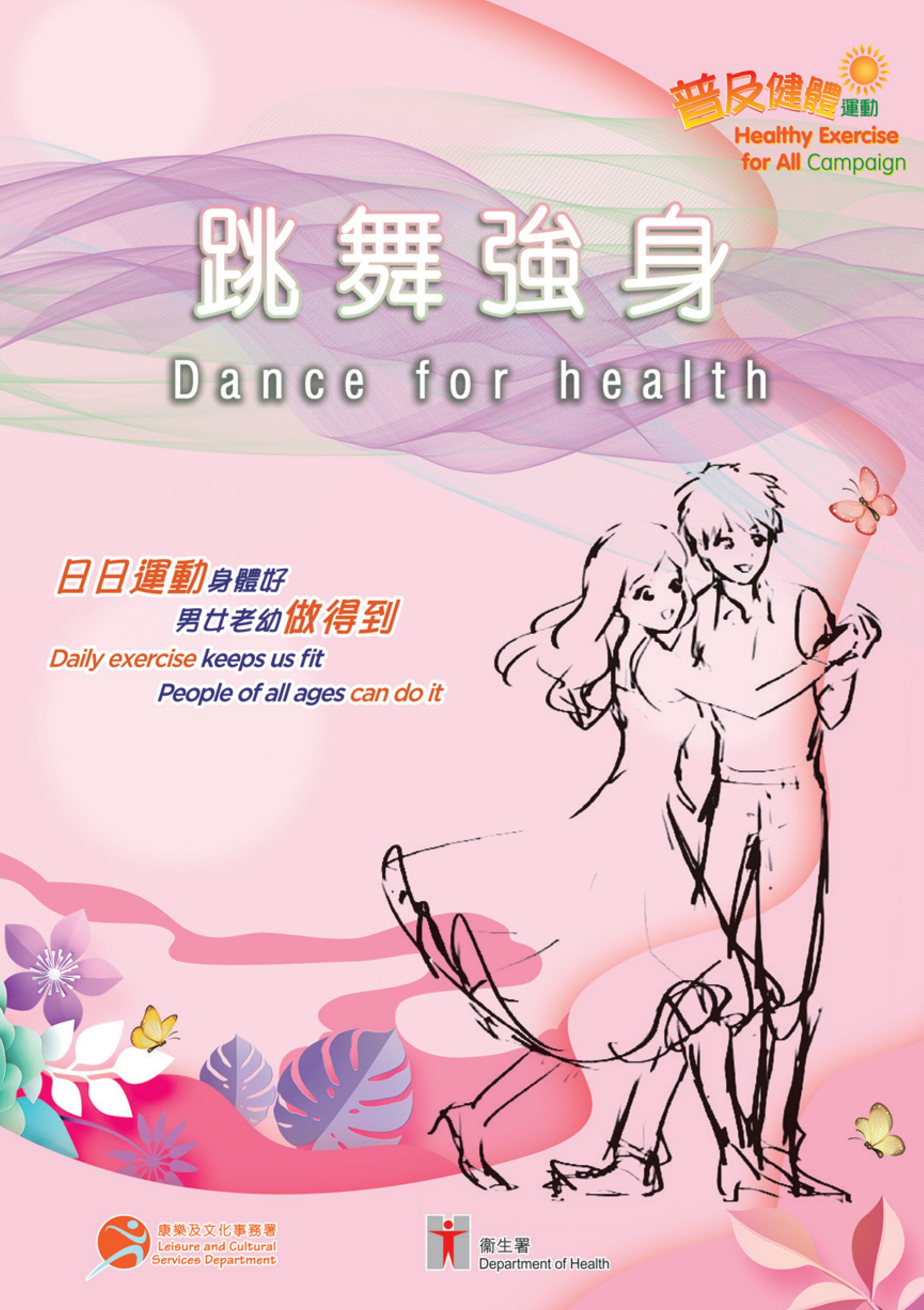
Download Pamphlet of "Dance for Health"
Acknowledgements:
DanceSport Association of Hong Kong, China
Physical Fitness Association of Hong Kong, China

